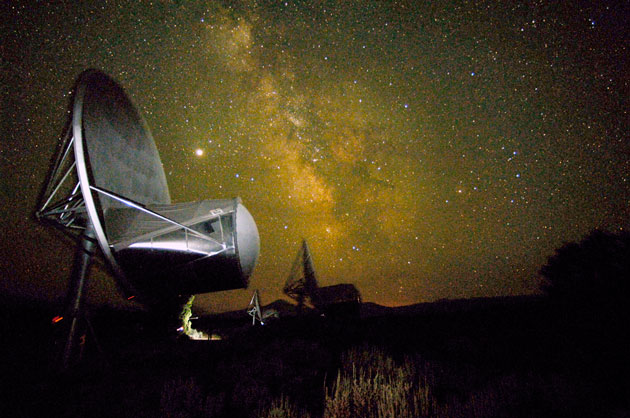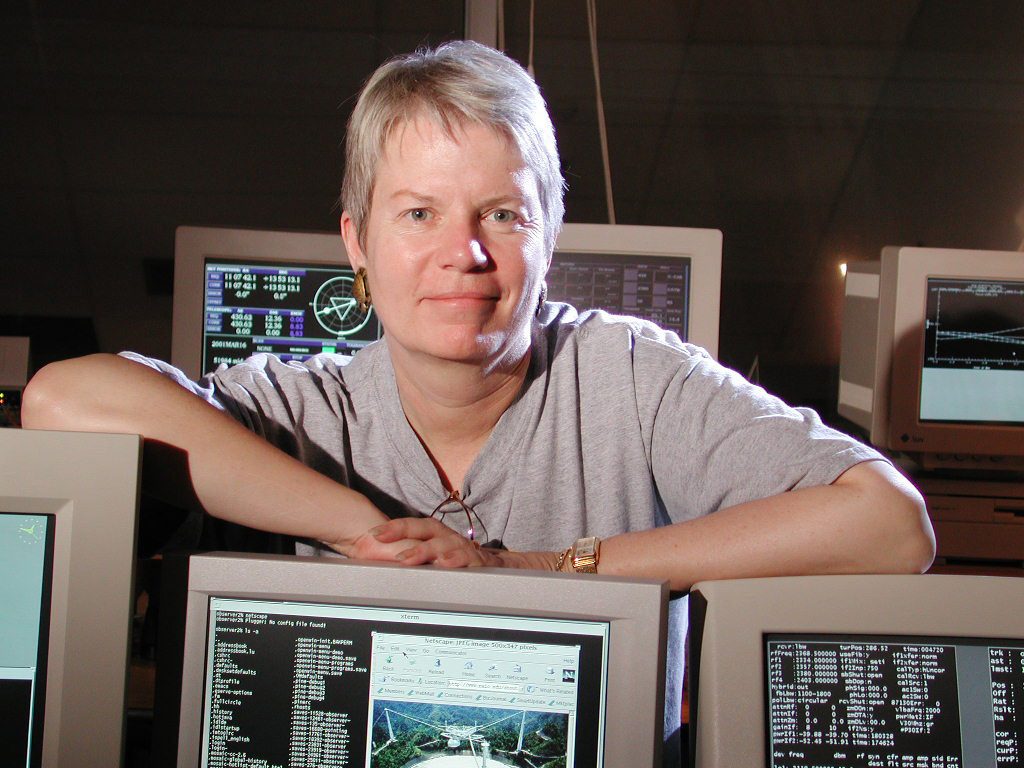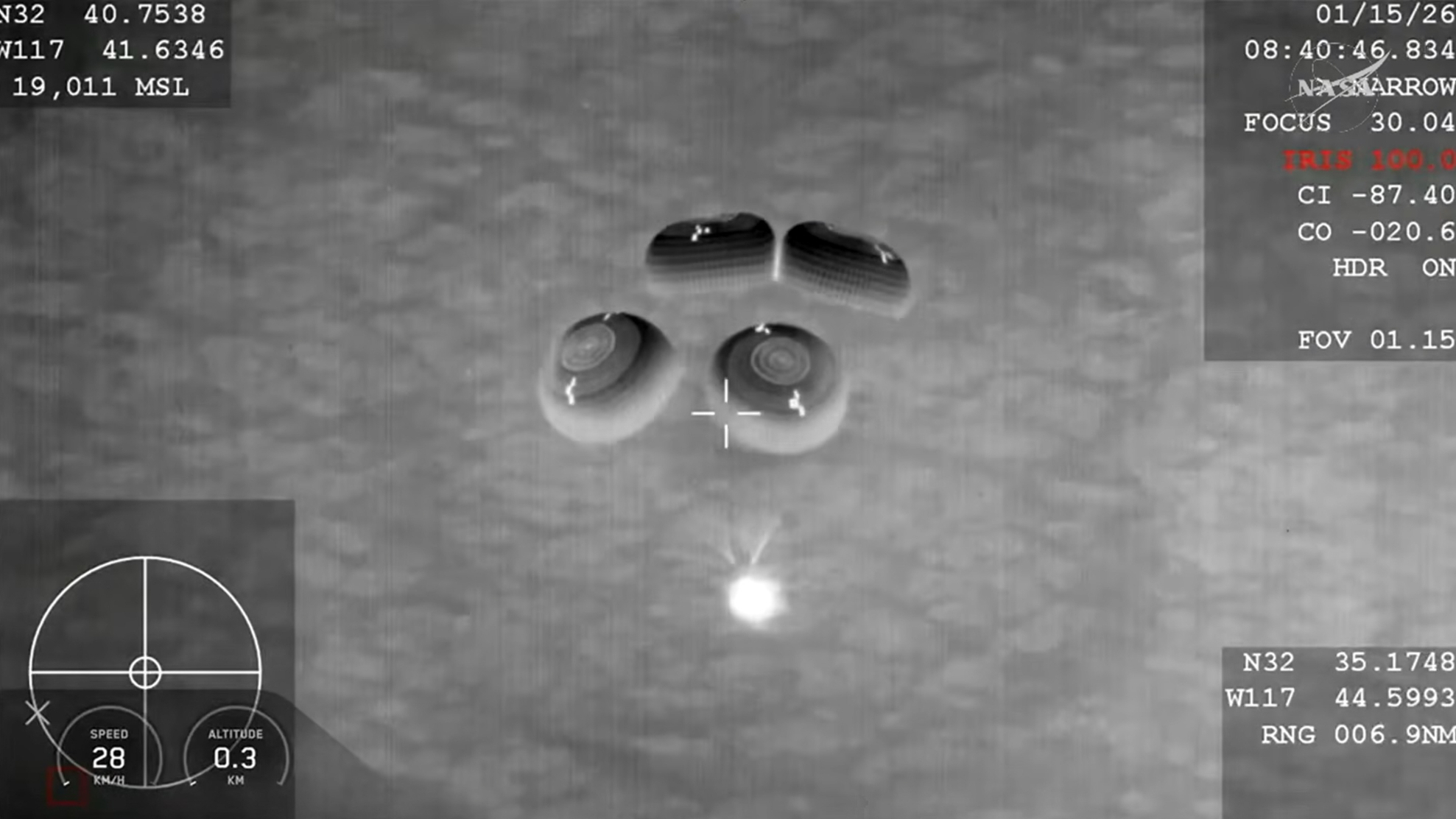New Site Lets you Search for Extraterrestrial Life

Scientists need your help in the search for life beyond Earth.
The SETI (Search for Extraterrestrial Intelligence) Institute is asking the public to join in its hunt for signals from intelligent civilizations out there in the universe. Anyone can register on the new website, SETI Live (setilive.org), to help analyze data from SETI's radio telescope devoted to scanning the heavens for signals from E.T.
"There are parts of the spectrum where our sophisticated signal processing system is overwhelmed because there are so many signals," said astronomer Jill Tarter, director of the SETI Institute's Center for SETI Research. "I'm hoping to put together this army of citizen scientists to help figure out which signals to follow up on."
In contrast to some other crowd-sourced science projects, such as SETI's own SETI@Home, which rely on users donating spare computer time to data crunching, this project is asking the public to donate brain power.
"You don't do anything in SETI@Home; your computer does," Tarter told SPACE.com. "In this case, I want you actively involved and it has to be quick. You have to recognize patterns, mark patterns, try and remember if you've seen that pattern before. And you have to get it done within 90 seconds."
The public will sort through data collected by SETI's Allen Telescope Array, a set of 42 radio dishes in northern California that spend their time listening in many frequency bands for signals from stars recently identified as hosting planets. The telescope is looking for radio emissions that exhibit a pattern indicating it was artificially produced by intelligent beings. [10 Alien Encounters Debunked]
Though SETI has an automated algorithm that can sift through much of the data recorded, some signals occupy a frequency band so crowded that it requires humans, and not computers, to sort through it.
Breaking space news, the latest updates on rocket launches, skywatching events and more!
"The people that will do the best at this are going to be people whose pattern skills are such that they can ignore the bright pattern that's so easy to detect and look to see that there's something else there, something fainter, and see if they can in fact discover this needle that's buried under the hay."
The new SETI Live site came about after Tarter made a TED Prize Wish in 2009 to "empower Earthlings everywhere to become active participants in the ultimate search for cosmic company."
TED Prize, a nonprofit dedicated to "Ideas Worth Spreading," collaborated with SETI and another citizen science initiative, the Zooniverse project at Chicago's Adler Planetarium, to launch SETI Live.
"Three years ago, Dr. Tarter stood on the TED stage and asked us all to unite in the search for life on other planets," TED Prize director Amy Novogratz said in a statement. "The TED community responded by dreaming big and working hard – with many milestones to show for it. This landmark step empowers people around the globe to meaningfully contribute to this important scientific endeavor and work towards answering the ultimate question, 'are we alone?'"
Zooniverse runs the popular Galaxy Zoo project that has recruited 150,000 people to help classify huge numbers of galaxies.
"Galaxy Zoo is a gold standard in terms of developing citizen science projects that actually allow people to do meaningful work in a science project," Tarter said. "I think there's a lot of value in that."
SETI Live is also partnering with the Science Channel to publicize the new initiative.
Scientists associated with the SETI Institute in Mountain View, Calif., have been searching for extraterrestrial civilizations since the 1960s, but have yet to find a signal. Lately, the search has become more targeted now that astronomers have detected more than 700 alien planets orbiting other stars.
Ultimately, the researchers remain optimistic that we are not alone.
"It could well be a long search," Tarter said. "It's a big cosmos out there."
You can follow SPACE.com assistant managing editor Clara Moskowitz on Twitter @ClaraMoskowitz. Follow SPACE.com for the latest in space science and exploration news on Twitter @Spacedotcom and on Facebook.

Clara Moskowitz is a science and space writer who joined the Space.com team in 2008 and served as Assistant Managing Editor from 2011 to 2013. Clara has a bachelor's degree in astronomy and physics from Wesleyan University, and a graduate certificate in science writing from the University of California, Santa Cruz. She covers everything from astronomy to human spaceflight and once aced a NASTAR suborbital spaceflight training program for space missions. Clara is currently Associate Editor of Scientific American. To see her latest project is, follow Clara on Twitter.

